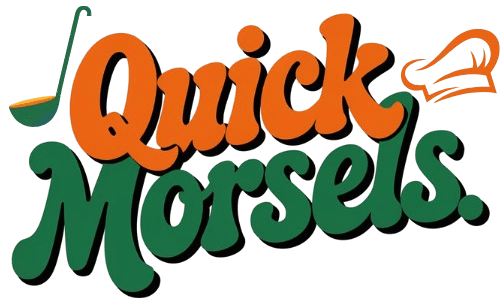You’ve probably thrown garlic and butter into a pan before—but have you ever stopped to think why it works so perfectly?
It’s more than just habit. There’s real culinary science behind why garlic and butter are one of the most unbeatable flavor duos in the kitchen. Whether you’re making garlic bread, pasta, or those sizzling garlic butter chicken bites, this combo brings out the best in almost everything.
In this article, we’ll break down:
- How garlic behaves when cooked in fat
- What makes butter such a flavor amplifier
- How timing affects the taste
- Why this combo hits our taste buds just right
Let’s take a closer look inside your skillet—and your palate.
The Fat-Soluble Nature of Garlic Compounds
Garlic contains sulfur-based compounds like allicin, which give it that sharp, pungent smell when raw. But when heated in fat (like butter), those compounds mellow out and deepen, releasing sweet, nutty, roasted tones.
Butter, being rich in fat, acts as the perfect solvent—it extracts, carries, and infuses garlic’s flavor across every bite of food in the pan.
How Butter Enhances Garlic’s Aroma
Butter isn’t just fat—it’s packed with milk solids that brown when heated. That caramelization adds an umami-rich nuttiness that pairs beautifully with garlic’s sharp edge.
Together, garlic and butter trigger:
- Savory depth (from the browning)
- Aromatics (from the garlic oils)
- Creaminess that balances the sharpness
It’s not just flavor—it’s mouthfeel and aroma coming together.
Pan Searing and the Maillard Effect
When you sear garlic butter chicken bites, you’re actually creating a Maillard reaction—a chemical reaction between amino acids and sugars that gives food its browned, toasty crust.
This process unlocks:
- Roasted garlic sweetness
- Nutty butter complexity
- A crispy edge that elevates even simple ingredients
Bonus tip: Add garlic after searing the chicken, so it doesn’t burn.
When to Add Garlic for Best Results
Timing is everything.
- Add it too early and it burns, turning bitter.
- Add it too late, and it stays raw and harsh.
The sweet spot?
Sauté garlic 30–60 seconds before finishing the dish, often after removing the protein and just before deglazing the pan.
This lets it toast in the leftover fat and deliver that rich, buttery fragrance.
Clarified Butter vs. Regular Butter
Clarified butter (or ghee) has the milk solids removed, which gives it a higher smoke point and a cleaner, more intense flavor. It’s less likely to burn and ideal for high-heat searing.
But for most garlic butter chicken recipes, regular unsalted butter gives you that rich dairy flavor that’s hard to beat—just watch the heat and stir often.
FAQ: Can I use ghee instead of butter?
Yes, and many do—especially in higher-heat cooking or dairy-sensitive diets. Just know: ghee brings a nuttier flavor but lacks that creamy finish that regular butter offers.
➜ Link: [ Article – The Science of Garlic and Butter: Why They Pair So Well ]
➜ Link: [ Article – Cast Iron vs. Stainless Steel for Chicken Bite Searing ]

